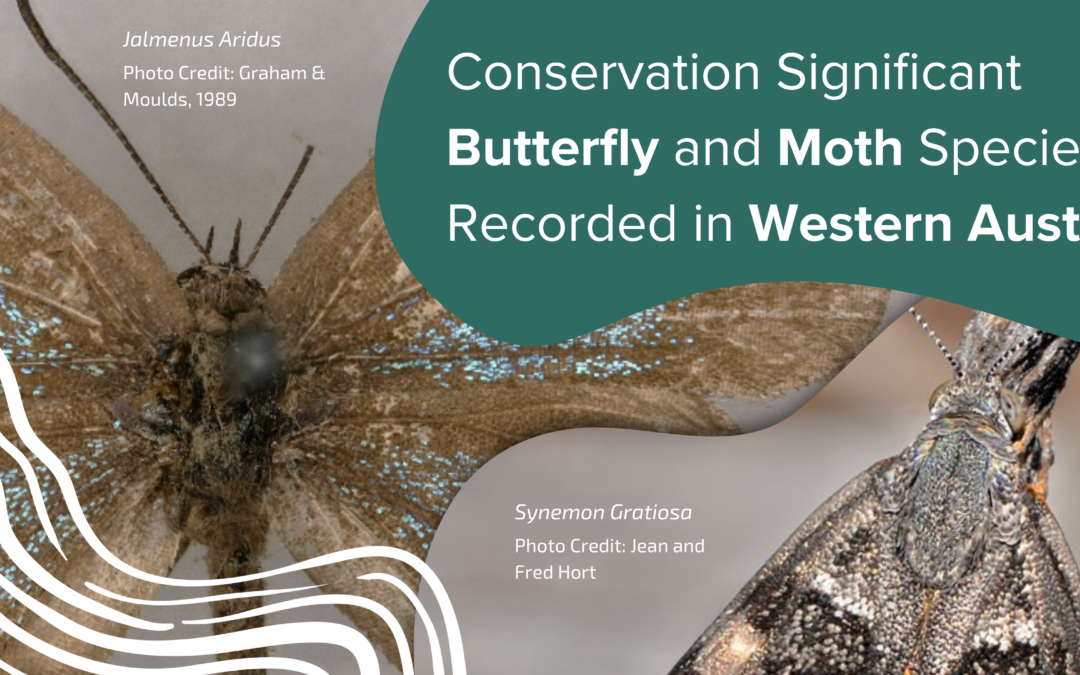
by Sarah Michau - Environmental Specialist (Graduate) and Vicki-lee Morrison - Environmental Scientist | Oct 17, 2023 | Environment
In recent years, the urgency of addressing climate change has highlighted the need for innovative solutions to reduce carbon emissions, with global temperatures predicted to increase by 1.5 degrees Celsius by 2050 (WMO, 2023). The mining industry in Australia is a...

by Asha Foulds - Environmental Specialist (Graduate) | Sep 28, 2023 | Environment
Western Australia is home to three conservation-significant butterfly and moth species. These are Ogyris subterrestris petrina – the Arid Bronze Azure butterfly, Jalmenus aridus – the Inland Hairstreak / Desert Blue butterfly and Synemon gratiosa – the...

by Zerianna Edwards - Environmental Scientist (Graduate) | Sep 12, 2023 | Environment
An ecological community is a group of distinct species living in the same habitat, which interact with each other (Cornell, 2013). These interactions are unique to the specific community, such that no two communities are entirely the same. However, when they are at...

by Asha foulds - Environmental Specialist (Graduate) | Aug 15, 2023 | Community, Environment
“Community Right to Know” is the belief that the Community should be informed and involved in the decision-making of their area, especially decisions with the potential to affect their lives and environment. This includes access to information surrounding developments...

by Kyle Hawkins - Environmental GIS Specialist (Graduate) | Aug 1, 2023 | Environment
Native vegetation clearing permits are the tools used to manage the clearing of native vegetation in Western Australia. Clearing is defined in the Environmental Protection Act 1984 (WA) (EP Act) as the killing, destruction, removal, severing or ringbarking of the...






